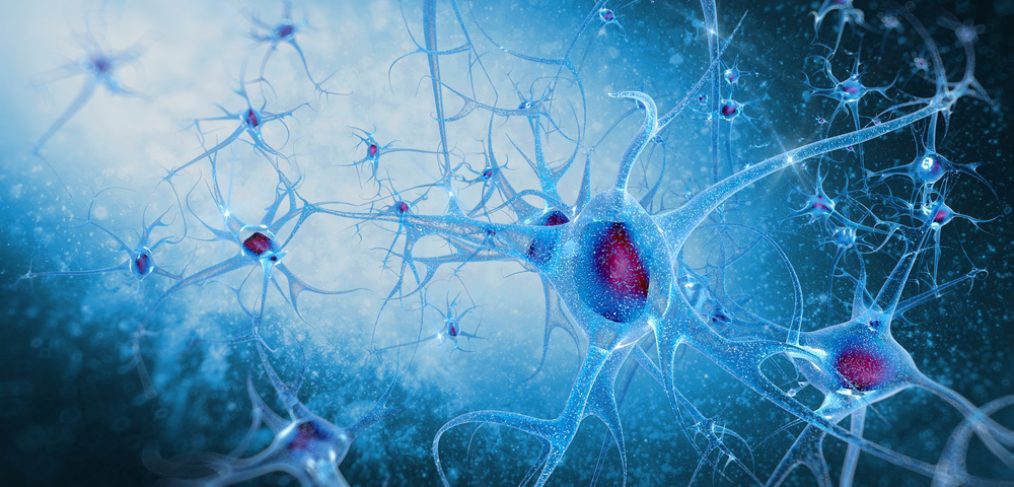“Hey, did I catch you off balance?” “Were you balancing your books?” “Trying to get your life in balance?” Our government runs on a system of checks and balances and a balance of power. We need to balance work and life, good and bad, reward and punishment. Our universe depends on balance, the positioning of planets and the forces of motion all depend on balance. Our bodies depend on balance. If balance weren’t such big deal, why are we all doing yoga?
In order to maintain equilibrium in our bodies, It is no surprise that balance is also important. Our bodies need to have a healthy pH balance, that is the alkalinity in our body must be in balance with the acidity in our bodies.
Before we continue it should be noted that the kind of balance we talk about when we talk about our bodies is not the kind of balance which requires an equal amount on each side, it is the balance of correct proportion. Just as a beautiful face is not always perfectly symmetrical, a healthy body is not either. The optimal pH balance for our bodies is a little bit on the alkaline side, with a pH of 7.4 on a scale ranging from 1-14 and it is suggested that we eat a diet which puts the emphasis on alkaline foods as opposed to acidic food. But it is not the acid content of the food that makes the difference, it is the way our different body parts respond to the acid.
Blood
When we talk about maintaining a 7.4 pH balance in our body, we really do not need to worry about our blood. Our lungs and kidneys take care of keeping that number constant. Rather, it is the body parts whose pH balance is less stable that we need to worry about.
Cells
The pH levels of our cells tend to vary more than our blood and we need to make sure they stay slightly alkaline, so we need to watch our diet to make sure that they function at their best. Alkaline diets provide magnesium, which is needed by our enzyme systems and preserve muscle mass while aging.
Urine
The pH level of our urine is also worrisome,as it tends to vary as well. To keep it stable, we need to avoid animal protein, grains, soda, beer, and sodium, which are hard for our kidneys to break down. It is important that we get potassium and minerals from fruit to neutralize the acid.
Stomach
The stomach needs to remain slightly acidic in order to break down food.When you eat, your stomach releases acid causing your stomach pH to drop to as low as 1 or 2. After the meal is digested, buffers in your stomach, such as mucous and bicarbonate, work to neutralize the acid, bringing your tummy back to a resting rate of 4-5. When levels of acid in our stomach are high, (which happens when we eat protein, especially red meat) our system seeks out alkaline nourishment in our digestive tract. If it cannot find it, it will draw minerals from our bones. (This is an example of what happens when our bodies are not in balance.) It is why it is so important to eat a diet heavy in nutrients like calcium, magnesium, phosphorous and potassium to make sure our system can find them when it needs to
Skin
The skin needs to be slightly acidic to support the acid mantle. This is the skin’s barrier It blocks out germs, pollution, and toxins. When skin is too alkaline, it becomes dry and inflamed. It may stop fighting off enzymes that destroy collagen and cause wrinkles. The ideal pH level for the skin is 5.5. If it is higher, it signals damage to the acid mantle which exposes your skin to bacteria and UV rays and may be a sign of excessive use of exfoliants and peeling products
If the pH of the skin is lower than 5.5, that probably nears you are overusing products designed to make skin less greasy. If this is you, pay attention to scrubbing and hydrating often.





